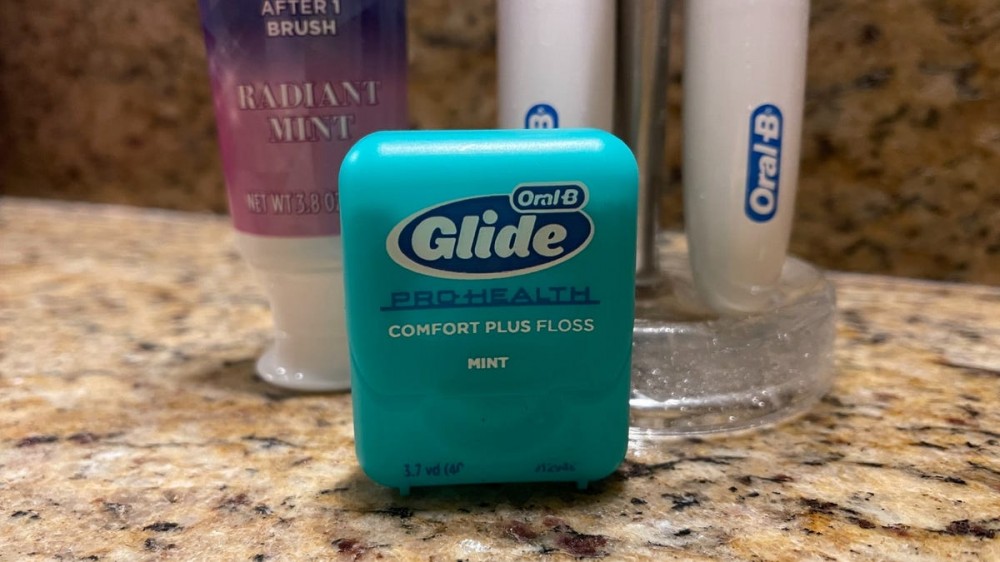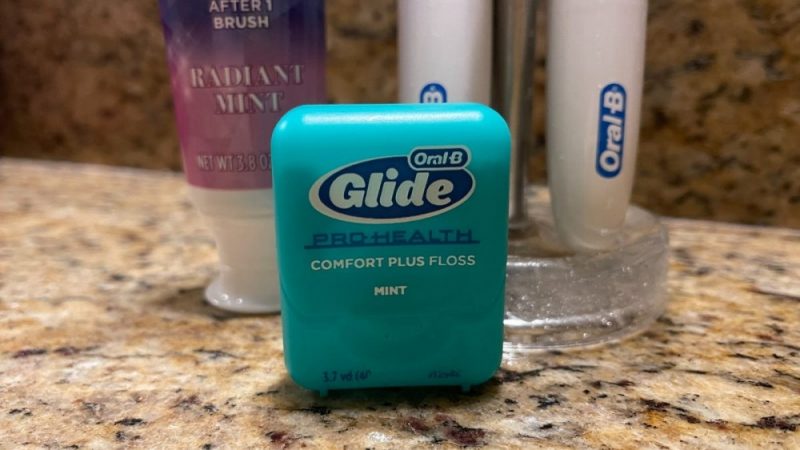
We’re taught from an early age that it’s important to floss each day, especially after brushing. The American Dental Association (ADA) recommends flossing once a day and brushing your teeth at least twice each day. But, are you ever at risk of overflossing?
Thankfully, no, you can floss to your heart’s content. But, it’s important to make sure you’re doing it the right way to keep your teeth clean and your gums safe.
While you can’t floss too much, you can certainly do it the wrong way. If you’ve ever experienced soreness or swelling in your gums after flossing, there’s a good chance you’ve been doing it wrong. It shouldn’t hurt or cause discomfort when you’re done.
Now that you know how much you need to floss, how can you make sure you’re doing it correctly? Follow these simple steps:
- Wind 12-18 inches of floss around your index or middle fingers.
- Pinch and secure with your thumbs.
- Gently glide floss along both sides of each tooth.
- Be sure to glide floss up to the gum line but apply light pressure.
Whether you floss before or after brushing your teeth doesn’t really matter. Many people prefer to do it after eating to clean away any small food particles that could be lingering. No matter when you do it, flossing helps get rid of harmful bacteria in your mouth while protecting against common oral health issues like gingivitis and gum disease.
It’s an important step in taking care of your mouth, and thankfully, you really can’t do it too much. So, go ahead and carry that travel-sized container of floss with you. Just make sure you’re doing it the right way, and be gentle on your gums!



















